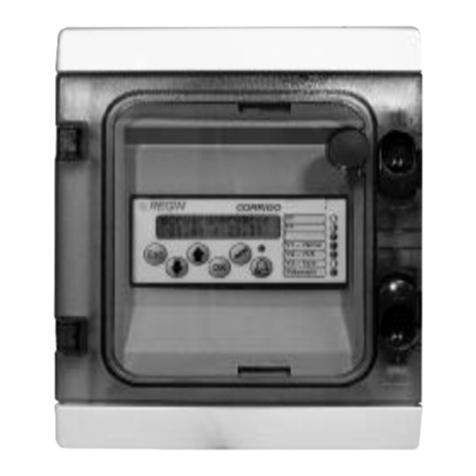TKS User’s manual
8
1.5
Safety Please pay particular attention to this symbol. It
designates a safety risk, and describes
precautions that must be taken to avoid
accidents. The control cabinet must be powered
off and locked with padlock when maintenance
is performed.
Before operating, adjusting or repairing the
machine, the user, technician or owner should
familiarise himself with the safety instructions
contained in this installation manual.
Pay attention and be careful when handling
agricultural machinery. Read and take note of
the safety instructions in this manual.
Safety at work is your responsibility!
Please read and understand these general
safety instructions.
1.5.1
General safety
instructions
In order to be able to load the bale into the
hopper, the machine must be open.
This means that people may come into contact
with moving parts if they are standing in the
immediate vicinity of the machine while it is in
use.
Warning! Once the auger is running, never
lean over the top edge of FeedMixer or enter
the hopper when the machine is operating.
If the machine is placed in a sunken fl oor,
the distance from the fl oor to the top of
FeedMixer must not be less than 1.5 m.
It is a conditional requirement of using the
machine that no one must be in the immediate
vicinity of the machine during use.
In addition, in terms of machine type,
FeedMixer is of conventional agricultural design
and, from a safety perspective, the solutions
choosen are considered to be on a par with or
superior to existing products on the market.
Use of the machine
The machine must only be used for the purpose
for which it is designed.
Operating
The machine operator must remain at the end
of the machine where the control box and the
associated operating panel are mounted.
Supervision
The owner/operator must ensure that the area
is suffi ciently signposted and that there is no
unauthorised access.




























